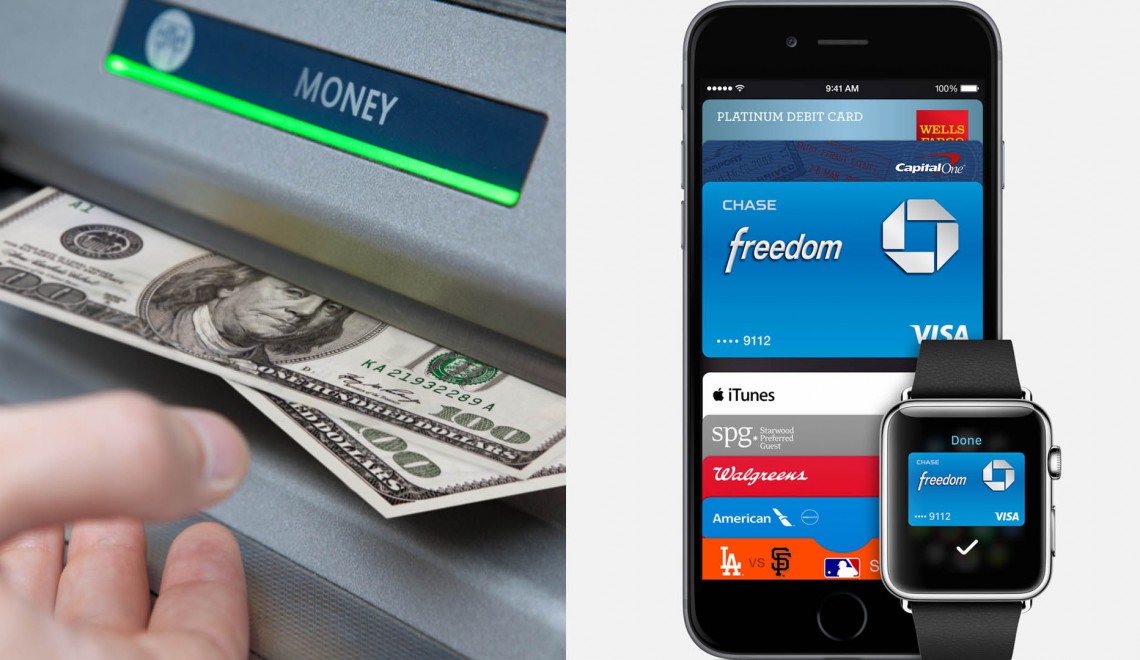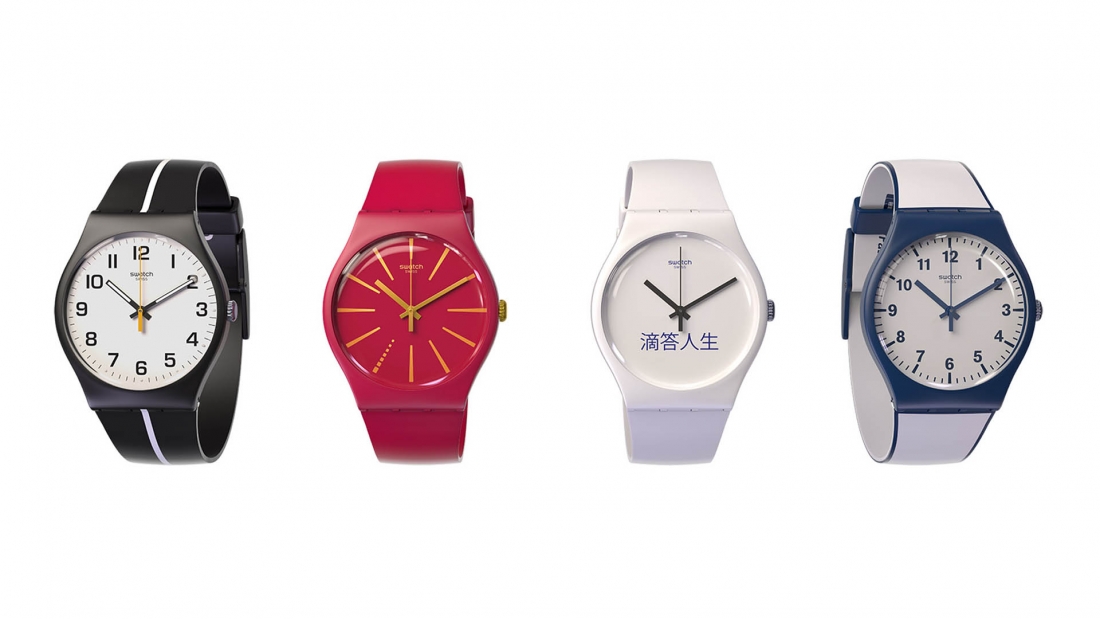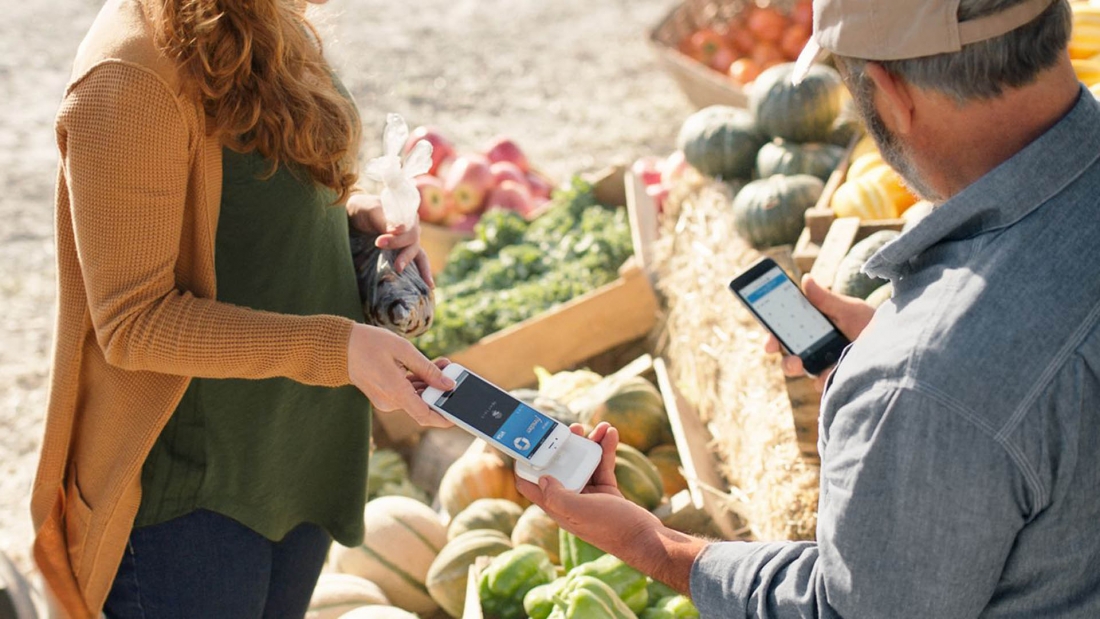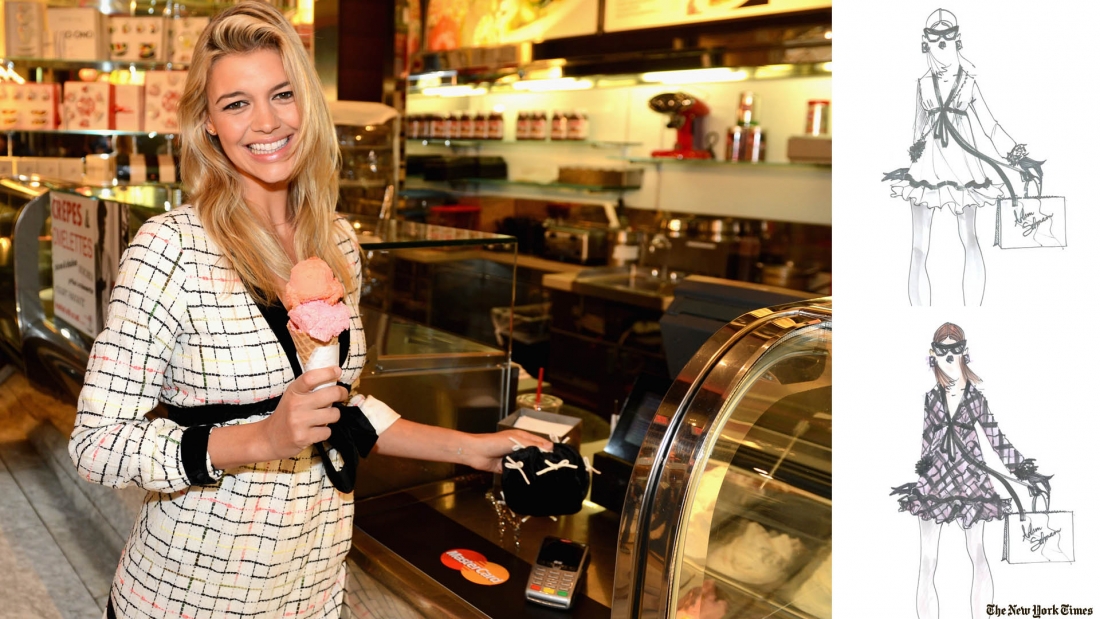
Just when we though the mobile payment space was starting to get its ducks in a row and align behind NFC technology, Chase has announced a QR based service. Chase’s Chase Pay platform runs on the much beleaguered CurrentC platform. Unlike competing mobile payment systems, which utilize wireless technology triggered by your fingerprint, CurrentC requires the scanning of QR codes. For businesses that make up MCX consortium, Chase’s involvement is great news and must feel like a lifeline. Besides being the first real vote of confidence for the platform, prior to Chase’s announcement users were stuck using either a store credit card to make purchases or connect the app directly to their checking account. Thanks to Chase Pay, CurrentC users will be able to charge to a Chase branded credit or debit card. Chase expect the service to launch in early to mid 2016, around the same time CurrentC is expected to launch.
But 2016 is a ways off and, if MCX’s previous CurrentC timelines are any indication, I would not hold my breathe for a launch in the early part of the year. MCX was formed in 2012 to create retailer buy-in for the CurrentC technology; if it does actually launch in 2016, it will already be 4 years behind the times. The original idea of CurrentC was to offer a payment system that every phone had the technology to use. But nearly all phones currently being sold include NFC payment technology and every day more people own phones with the tech. Relying on a multi-step process utilizing a phone’s camera and screen to scan and display codes is only becoming more needless and cumbersome over time. And let’s not forget the rise of wearable devices, which won’t work the CurrentC QR system. All told, the CurrentC service was slow to launch and has probably missed its window. The delay was likely due to decisions needing to satisfy all the companies which paid to join MCX; they all wanted a say in creating a payment service that benefited them. While CurrentC does offer much better store loyalty program integration versus other mobile payment systems, this is truly a side product of one of the primary CurrentC purposes: data capture. MCX designed their technology to capturing users’ buying habits across retailers and to share that information with member businesses. The other primary purpose of CurrentC was to eliminate credit card transaction fees charged to retailers (former Walmart CEO Lee Scott once said “I don’t know that MCX will succeed, and I don’t care. As long as Visa suffers.”).
If all of this sounds bad for the consumer compared to the high level of privacy, card choice, and convince offered by Apple Pay, Samsung Pay, and Android Pay, you are right! Consumer sentiment is overwhelmingly negative towards CurrentC and retailers are listening. Over the past few months several MCX members (including Rite Aid and Best Buy), who had been stuck in a very penalizing exclusivity clause, began offering NFC based mobile payments as soon as they were legally able to. Given the momentum, it is surprising (and disappointing) that Chase, a strong Apple Pay supporter, would have spent the time and resources to develop Chase Pay.
Continue reading














